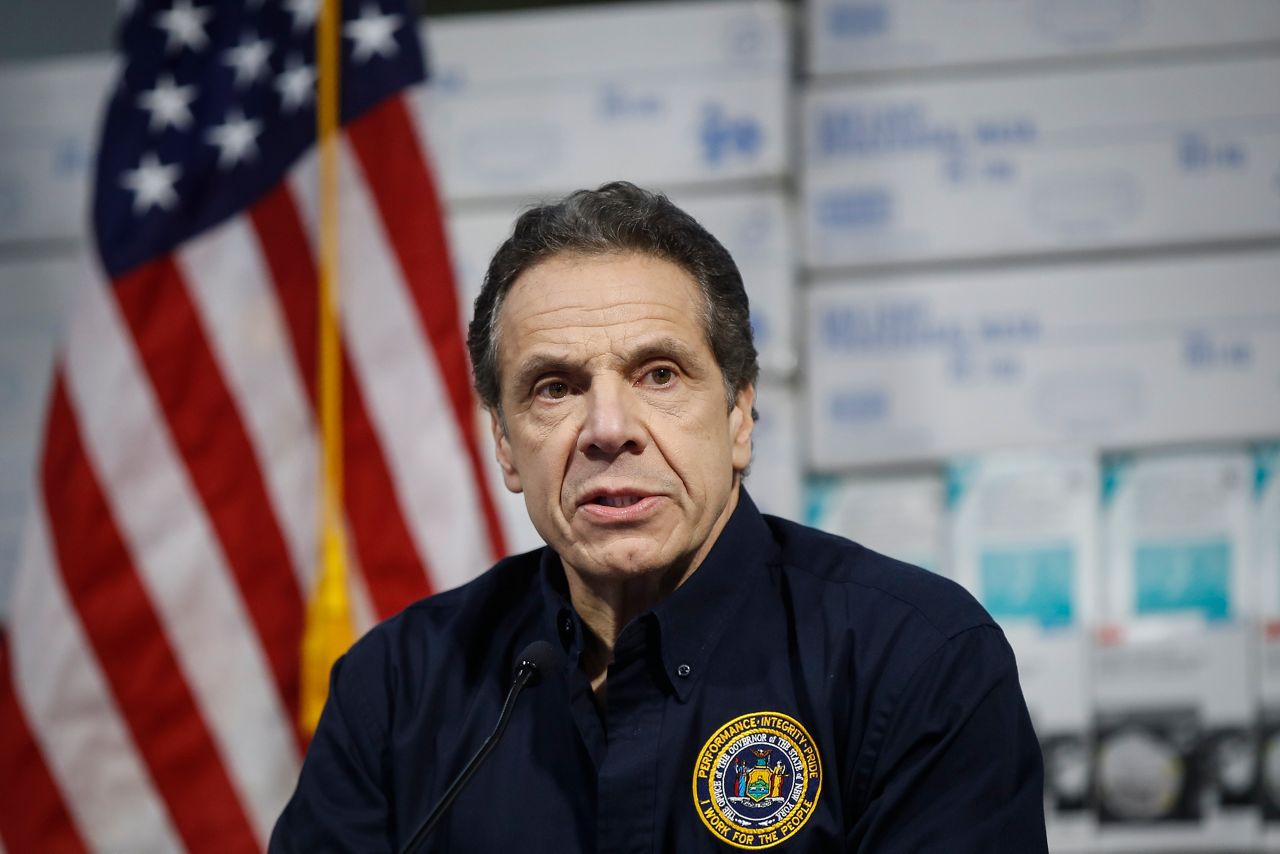One late summer day in 2011 a member of Gov. Andrew Cuomo's press office asked if I wanted to go for a helicopter ride.
A helicopter?
Tropical Storm Lee had just torn a destruction swath through parts of the United States and caused devastating flooding in parts of upstate New York.
Cuomo had arranged for the press to travel to one town turned upside down by the floods on a National Guard helicopter, tour the site and then go back up in the air. The whole trip last maybe an hour.
The event proved to be a catalyst for how Cuomo would handle disasters and crises over the decade he's been in office: Show up at the scene, call for federal aid to help those affected, aim the state's considerable bureaucracy at the issue, make sure it's put on the news.
This was replicated in ways big and small, most notably when Hurricane Sandy bore down on New York City and the surrounding region.
There are smaller examples too, like when the governor helped pull a rescue worker up an embankment in western New York, or when he was on the scene of a car crash on the BQE.
Jimmy Vielkind of The Wall Street Journal calls these moments "Governor of Action." There's the governor, suit and tie off and windbreaker on, chiding drivers to take this coming snowstorm seriously.
His former partner Sandra Lee once wrote a book that featured a "hunky local fire chief" who seemed to be modeled off her boyfriend.
The coronavirus pandemic, however, is a wholly different event for all of us, the governor included.
Storms and floods are ultimately localized events. They end. The damage can be expensive, but governments and businesses rebuild.
The pandemic has put a lot of people into a form of stasis. It's a slow-moving disorienting disaster. Businesses have been washed away, they're just closed.
A lot of people are at home. And they're watching TV.
At some point, Cuomo's daily press briefings have turned into a form of must-see TV. His PowerPoint presentations, once derided in Albany as hokey, give viewers visual aids for what the heck is happening (as we know, the governor is a visual thinker).
A Cuomo news conference in the ceremonial Red Room office in Albany had been a rare event. Often the governor would dish out incremental news in a radio interview or take questions in a phone conference.
Now they happen everyday. Cuomo will sometimes ask if everyone got a chance to ask a question -- no small deal for a press corps that has a lot of new faces.
The tone of the briefings seem to offer something for everyone, even people of differing political views. Liberals think Cuomo is more presidential than the current president; those on the right like that he has complimented President Trump, and keeps the criticism to the material, not the political.
Viewers don't see what a lot of people in Albany have seen up close over the years: A governor who can be an intimidating and forceful presence, a guy who is accustomed to getting what he wants and throwing as many sharp elbows as possible to get it.
Instead, they're seeing a governor giving out information, providing context, talking about his concern for family. The latter point is especially notable, considering how intensely private Cuomo can be about his family.
Cuomo is not a wholly different guy from where he was a month ago, seen around Albany walking his dog sans security detail.
The governor, too, has amassed more power over how the state functions than ever before and he's got the media influence to match it.
Cuomo is perhaps more adept at using power -- and the power of the state's wide-ranging bureaucracy -- to get what he wants. And now he has a national spotlight to do so -- with the president likely watching.



